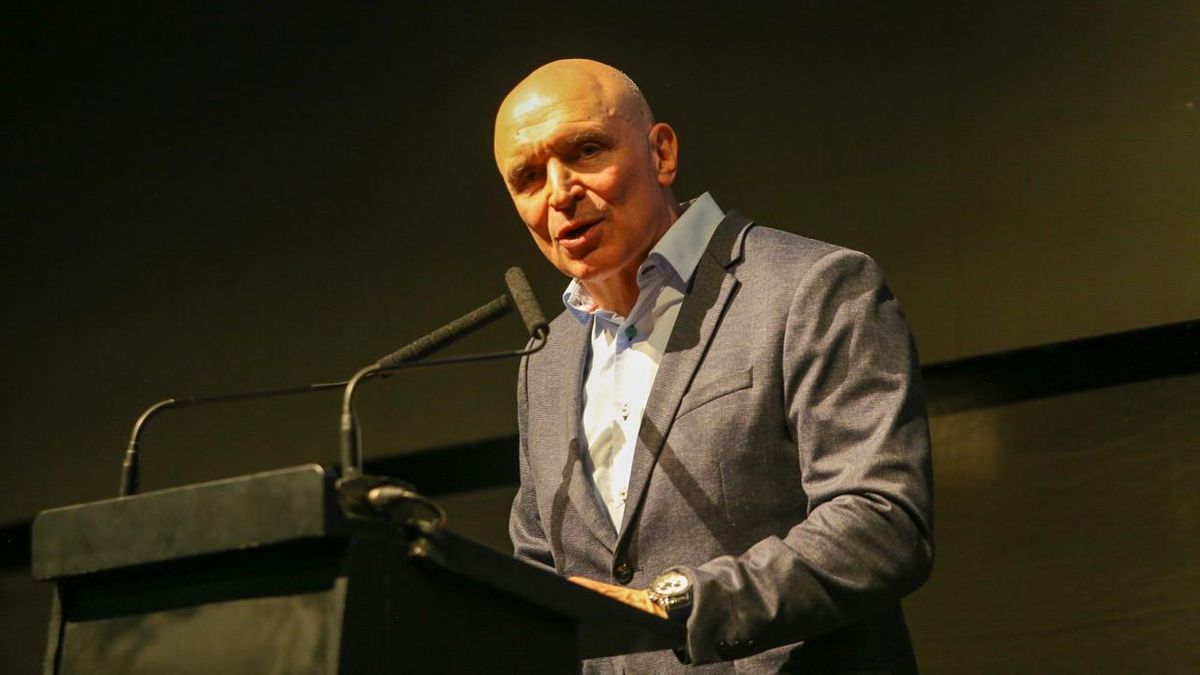The number of people seeking protection in the EU is rising again significantly. Another high has now been reached. Does this make the discussion about asylum reform easier?
The number of asylum applications registered by the EU has risen to the highest half-yearly level since the refugee crisis of 2015/2016. From January to the end of June, around 519,000 applications were received in the EU countries as well as Norway and Switzerland, according to the EU asylum agency EUAA in Valletta, Malta. This is an increase of 28 percent compared to the first half of 2022 and the highest value in seven years.
The agency expects to see more than a million applications from countries such as Afghanistan and Syria in all of 2023 if current trends continue. The aim of the EU was actually to avoid that. With almost a third (30 percent), most of the applications were again received in Germany, followed by Spain and France.
Asylum reform on hold
One reason for the developments is that the EU countries have not yet succeeded in passing a comprehensive reform of the European asylum system. Most recently, there was a majority among the interior ministers in favor of tightening the current rules to limit illegal migration. However, it is unclear whether this will actually happen, as they still have to be agreed with the European Parliament.
In particular, it is controversial that asylum applications from migrants from countries of origin with a recognition rate of less than 20 percent should in future be examined at the EU’s external borders within twelve weeks. During this time, they want to oblige those seeking protection to stay in strictly controlled reception facilities. Those who have no chance of asylum should be sent back immediately.
The negotiations are considered difficult. The federal government fears that the standards for those seeking protection could be lowered too much and continues to work to ensure that children are not held under prison-like conditions.
Admission of refugees should become mandatory
Poland and Hungary, on the other hand, do not want to be forced into solidarity with countries like Italy and Greece, where many migrants arrive. The EU plans envisage that taking in refugees will no longer be voluntary, but mandatory. Countries that do not want to take in refugees would have to pay money to compensate. The topic is also expected to play a major role in the election campaign for the European elections next June.
Last year, the number of 996,000 applications was just under the million mark. Significantly more were registered in 2015 (1.4 million) and 2016 (1.3 million). This does not include the approximately four million Ukrainians who have sought temporary protection in the EU as a result of the Russian war of aggression.
Source: Stern
I have been working in the news industry for over 6 years, first as a reporter and now as an editor. I have covered politics extensively, and my work has appeared in major newspapers and online news outlets around the world. In addition to my writing, I also contribute regularly to 24 Hours World.




